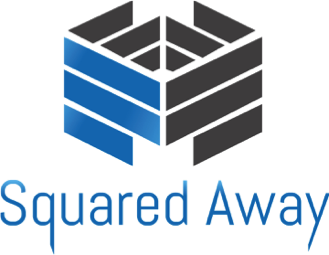Search the internet for Smart Buildings and the first few pages are all about connecting devices to make a building smarter. But is it really?
On speaking with many Real Estate Directors, CTOs and IT Directors their initial focus is on the physical devices, or wanting to gain insights from Artificial Intelligence (AI). “Are they small/ intrusive/ secure/ will they infringe on privacy?” Or, “What will AI do for my business?” Good questions but ones which should come later.
The first two questions should be, (i) What challenges are we trying to address that cannot be answered by our current systems (existing data)? and (ii) What new data do we need to gather? You see, initially, the devices themselves are almost irrelevant. It is all about the data they produce and more importantly what you do with that data.
Too often these simple questions are not answered during the design stages of a capital project, resulting in poorly specified RFPs being issued to market. The RFPs I have recently seen all focused on the physical devices, “… must be capable of this” or “… must not infringe on …”. But when you ask about the detail of the requirement: Outputs, range of analysis, APIs, data presentation, on-prem/ off-prem etc the responses are rather sketchy.
Smart Buildings are changing the dynamics of design teams within the built environment. Today data, specifically data analytics is playing an important part in fully understanding buildings, people and the modern working environment. But in the main data is not being properly represented during the design or build stages. This needs to change.
Sensors may be a commodity, but data analytics certainly is not. This is emerging technology and an industry which will continue to grow and mature. Do not try to procure it in a traditional commodity manner. Data analytics and the insights they produce are qualitative differentiators.

